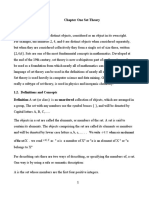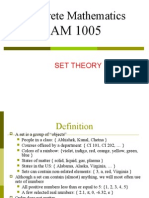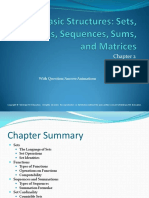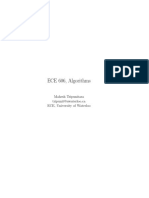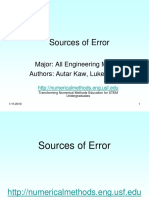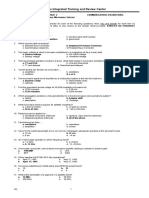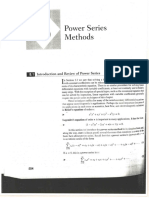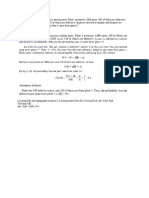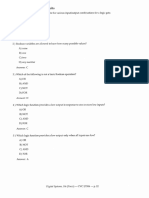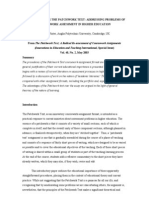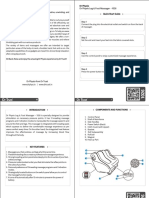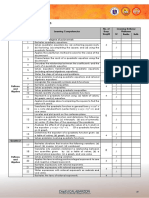0% found this document useful (0 votes)
50 views11 pagesToday's Topics Introduction To Set Theory ( 1.6)
sasa
Uploaded by
George Ezar N. QuiriadoCopyright
© © All Rights Reserved
We take content rights seriously. If you suspect this is your content, claim it here.
Available Formats
Download as PDF, TXT or read online on Scribd
0% found this document useful (0 votes)
50 views11 pagesToday's Topics Introduction To Set Theory ( 1.6)
sasa
Uploaded by
George Ezar N. QuiriadoCopyright
© © All Rights Reserved
We take content rights seriously. If you suspect this is your content, claim it here.
Available Formats
Download as PDF, TXT or read online on Scribd
/ 11










